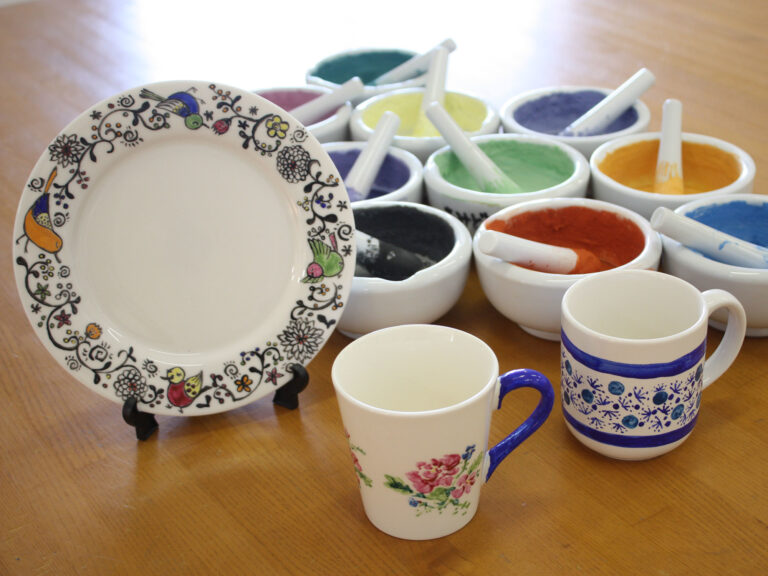
A gallery that holds special exhibitions and symposiums focusing on ceramic art. You can experience painting over baked goods (summary 40 minutes ~), so let's paint freely on your favorite fabrics such as cups and plates.
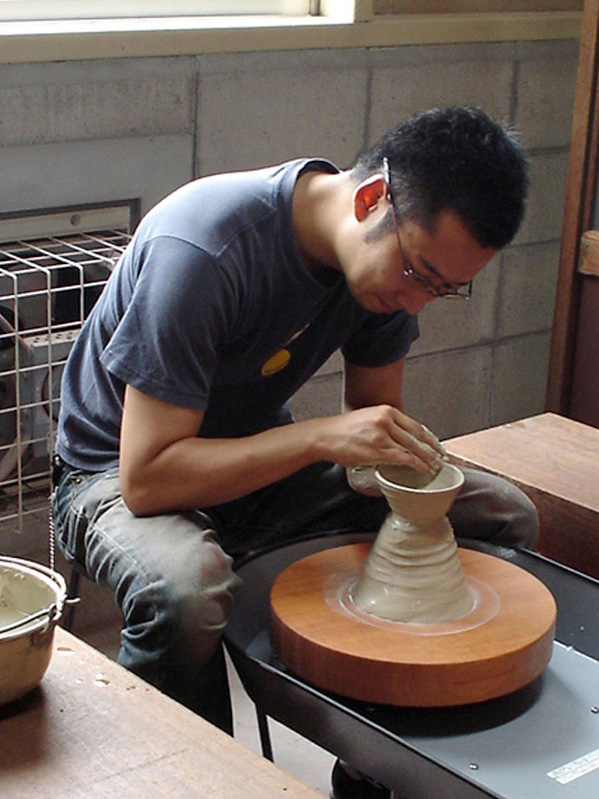
Mino's name kiln boasting a history of more than 210 years: A pottery-made experience facility made using soil and glaze used by Kobei kiln. In the potter's wheel/hand-playing experience, you can make your own weaving or yellow-seto teacups. In addition, there are underpainting experiences and mosaic tile art that can be enjoyed by small children. Let's make memories of traveling with couples and families.
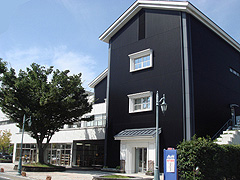
A complex commercial complex in the center of Honmachi Olibe Street. A variety of fun, including a ceramic shop, a gallery and a hands-on workshop with a top picture. You can also get sightseeing information at "Tajimi City PR Center" on the first floor. You can also buy souvenirs of Tajimi. Credit card use is by each store.
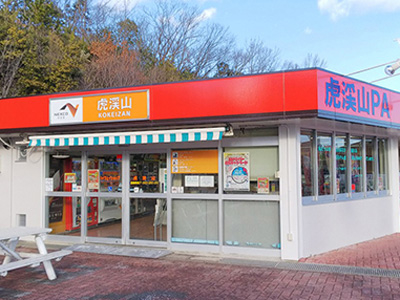
A parking area located between the Toki IC and the Tajimi JCT and located about 4.5km from the JCT. Within the area is the "Highway 1000km Opening Monument" which was erected in 1973. At the shopping corner, you can buy Mino-yaki pottery, which is arranged in a modern style, and "Nagoya specialty chicken wings". The food court has a variety of chicken-based menus, including Tajimi City's B-class gourmet Tajimi Yakisoba Set Meal, and "Chicken-chan Ramen," which is topped with chicken that boasts a piquant spiciness.
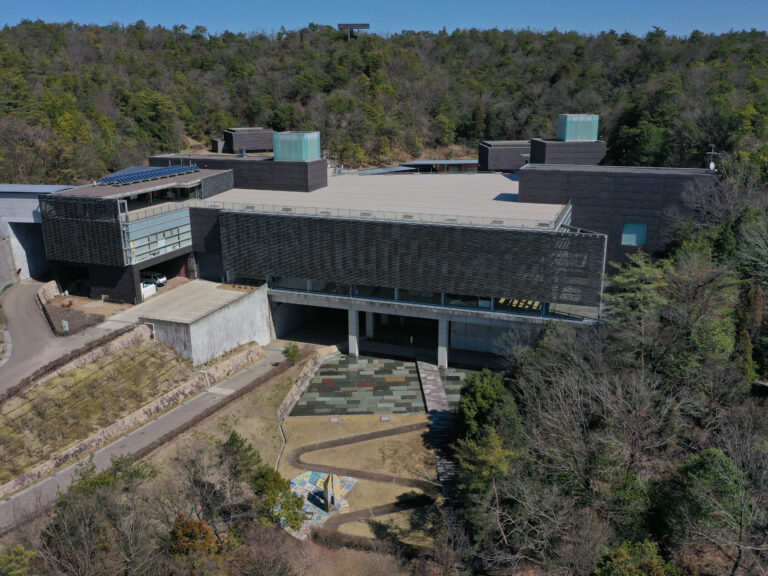
An industrial and cultural complex with the Museum of Contemporary Ceramics in Gifu Prefecture is attached to "Olibe Square", which consists of an exhibition hall and event hall serving as venues for various events, as well as an experience facility such as a museum, a cafe, and a shop.
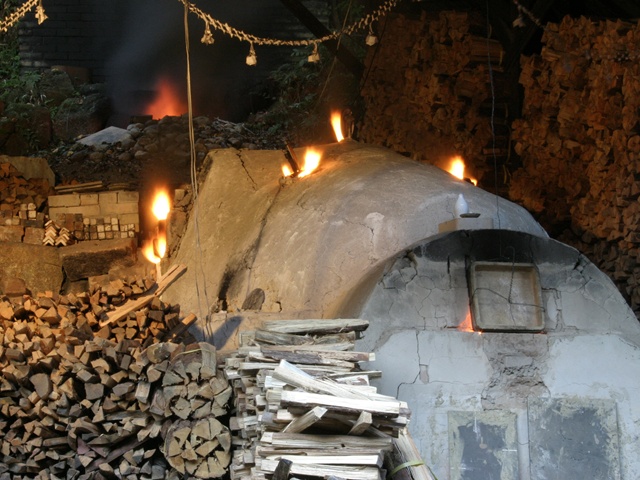
Kōbei Kiln, which boasts the history of the first year of the Kōbei culture (1804), is a man-made national treasure, Takuo Kato. You can slowly admire the works of the seventh generation, such as the old ceramic museum, and the hole kiln fired with firewood, in a calm atmosphere. They also exhibit and sell tableware and accessories such as blue glaze, Persian color paintings, and Sansai, which craftsmen can work with. It is rated 2 stars at the Michelin-Greenguide Japon in France. There is a general ticket of 600 yen with the Ichinokura Sazuki Museum, which is about a 5-minute walk away. You can also experience the hand-control and potter wheel (3300 yen) at Kobei Kiln Seikan (TEL:0572-22-0509).
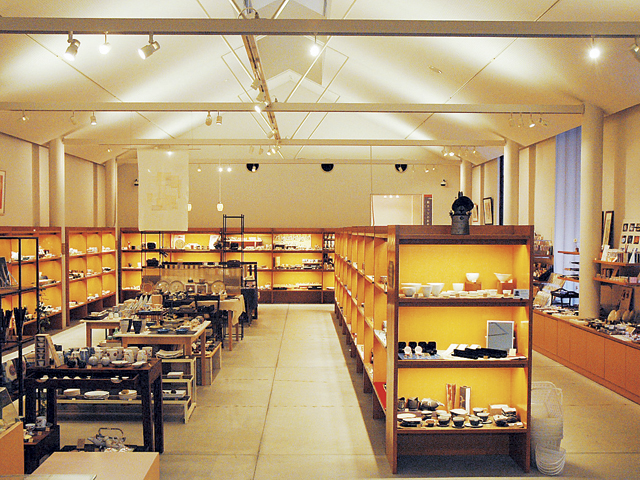
The museum is located in Ichinokura, Tajimi, known as the birthplace of the seigree. In addition to the sheer thin and delicate rows of about 1500 items from the Bakumatsu-early Showa period, the second-floor master house displays ceramic works by human national treasures and masters related to the local area, including Tozo Arakawa, Karakuro Kato and Takuo Kato. The large museum shop is lined with about 100 works of craft writers, including pottery, woodworking and metalworking. In addition, there is a stone kiln pizza restaurant that is baked with a fire of firewood, a potter, such as a potter, a hand-painted experience, and a tour of mosumoto. There are also events such as a pottery festival in April and October, and a beer garden in August.
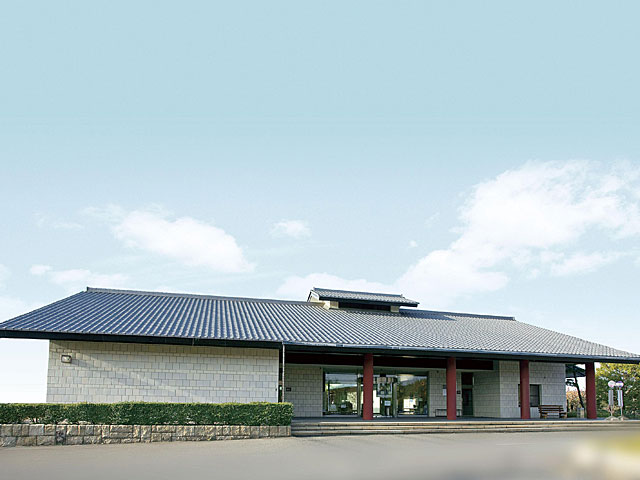
Mino ware with a history of 1300 years. It displays pieces of pottery from each era, mainly made by Shino and Oribe Momoyama, as well as works by potters representing Mino, including human national treasures. It introduces the history and present of Mino ware along with a planned exhibition rooted in the region at least four times a year.
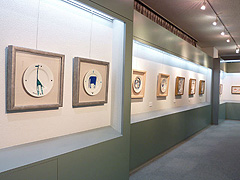
They display nostalgic children's teacups and materials from Taisho, Showa and Heisei. You can see teacups with high value in terms of material, such as "Otogibashi" and "Mashikashi", which are painted with rubber stamps, and patterns that reflect the pre-war and post-war era. In addition to planned exhibitions such as picture book original picture exhibitions in spring and summer, ceramic painting workshops to be enjoyed by parents and children (reservations required by three days in advance on weekdays) are popular.
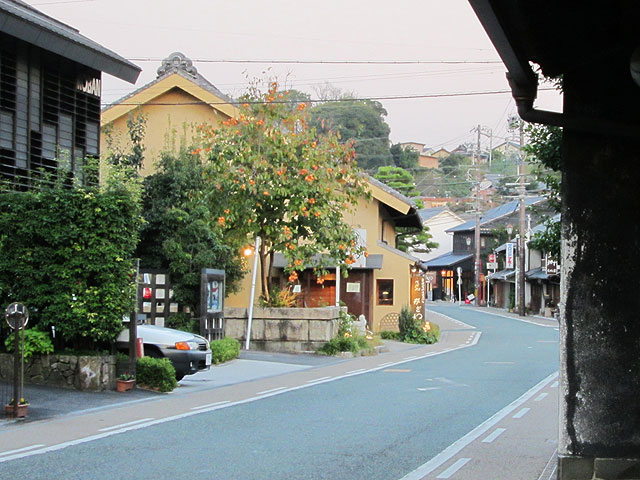
Honmachi, Tajimi-shi, is a district that is full of Mino-yaki ceramic shops from the Meiji era to the early Showa era. There are ceramic shops, galleries, and eateries that have been modified to historic buildings, and you can enjoy touching the charm of Mino-yaki, from writers to everyday items.











